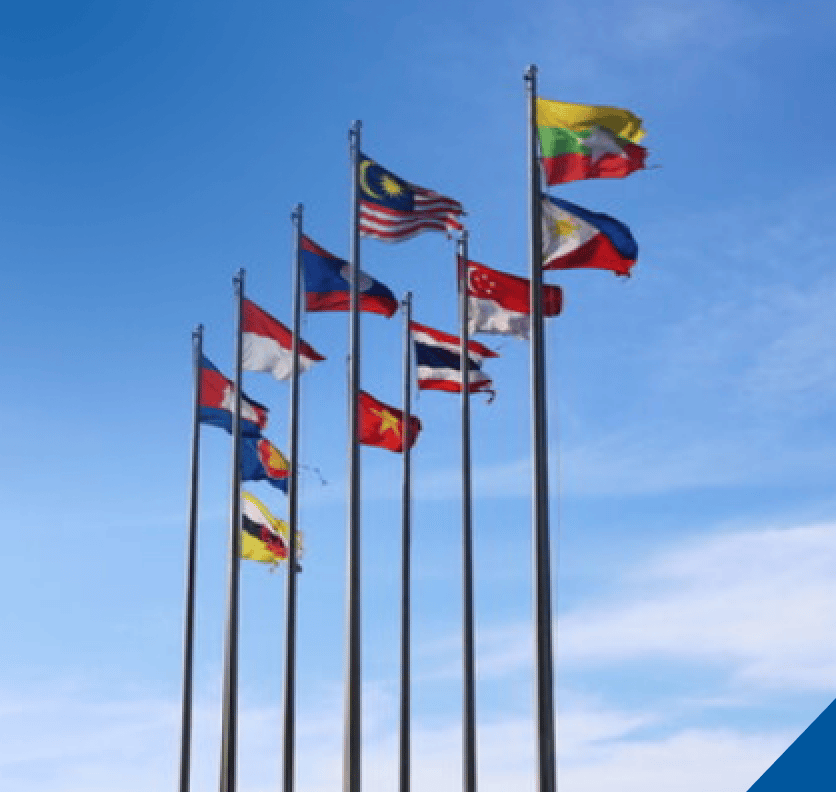[vc_row css=”.vc_custom_1565542682041{margin-right: 0px !important;margin-left: 0px !important;}”][vc_column css=”.vc_custom_1565542696462{padding-right: 0px !important;padding-left: 0px !important;}”][/vc_column][/vc_row][vc_row css=”.vc_custom_1565542751414{margin-right: 0px !important;margin-left: 0px !important;}”][vc_column width=”1/4″][/vc_column][vc_column width=”1/2″ css=”.vc_custom_1565622195563{padding-bottom: 50px !important;}”][vc_column_text el_class=”title-event”][post_title][/vc_column_text][vc_column_text el_class=”date-venue-news”]By Amira Bilqis, Muhammad Rizki Kresnawan
[post_date][/vc_column_text][vc_column_text el_class=”text-par-news”]As the world’s most pressing issue besides COVID-19, climate change has forced the world to ramp up the energy transitions efforts to avoid unprecedented climate change threshold. Ambitious cleaner energy policies would be an enabler to curb the significant number of GHG emissions.
Hence, strenuous energy transition policies without considering the country’s capability would probably result in an economic and energy security catastrophe. The pressure exerted from both the international and regional levels would cause governments to fail to raise ambitions from the existing national energy target.
Southeast Asia, as one of the most vulnerable regions to climate change, basically has a regional target to be reached, namely 23% of Renewable Energy (RE) shares in Total Primary Energy Supply (TPES) and 32% of Energy Intensity (EI) reduction compared to the 2005 level, but both targets only for 2025. Looking beyond 2025, a flagship publication from ASEAN Centre for Energy titled the 6th ASEAN Energy Outlook has projected by 2030, the RE shares only able to take 24.5% in its most ambitious scenario called APAEC Target Scenario (APS).
However, this projection is far below the expected achievement to be in line with the Paris Agreement. Global Renewables Outlook by International Renewable Energy Agency (IRENA) estimated the RE share should reach 41% by 2030 for the region.[2] It means there is a massive gap; thus, robust policies to accelerate energy transition are crucially needed.
Filling the gap seems to be very challenging to achieve. There are two critical reasons for this occurrence: the lack of an ambitious Power Development Plan (PDP) and some it does not align with the country’s climate energy-related target. However, if we could dive deeper and see from the broader perspectives, it is not about the country’s will. Yet, it is more to how these targets embrace each country diversity and capability to participate in the race against climate change, such as from rapid deployment of renewable energy.
The underlying characteristics and circumstances of ASEAN Member States (AMS), after setting aside political will like the economy, technology and both natural and human resources, are varied in many aspects. Unfortunately, the regional target does not seem to be facilitating these vast arrays of differentiation, building on the absence of any principle or pillar as a reference on the implementation of an action plan of the set target.
To uphold these differences, adopting the UNFCCC-based principle, Common but Differentiated Responsibilities and Respective Capabilities (CBDR-RC) – the focus recognises differential treatment and responsibilities from countries to address transboundary issues [3] – would be ideal to be manifested on ASEAN energy policy landscape.
The embodiment of the principle is not entirely unavailable in the existing ASEAN policies. For instance, the ASEAN Power Grid (APG) programme that builds upon not all AMS’s thoughts have a diverse choice of renewables potential. It is a dilemma for countries like Brunei Darussalam, Cambodia and Lao PDR, where the government were pushed to generate their supply. At the same time, diversify their energy portfolio. In contrast, archipelagic countries like Indonesia and the Philippines face different dilemmas concerning energy connectivity and its ability to maximise the supply and demand out of all available resources.
Regardless of the use of such principle remains developed in climate-regime, as embedded in UNFCCC, Kyoto Protocol and Paris Agreement, there is no singular definition of differential parameters has been listed. Yet, the contemporary practices in the Paris Agreement through its bottom-up approach, where countries provide their voluntary target based on the country’s circumstances, are somewhat different from its predecessor and its two-side categorisation of a rich-poor axis.
This self-assessment mechanism somewhat embraces the 192 countries’ submitted their first Nationally Determined Contributions (NDCs) in the last five years, trying to set their position at the global level by setting higher pledges. The similar plausible implementations within the ASEAN context would be encouraging abundance renewable resources countries like Indonesia, Thailand, Malaysia, and the Philippines to set the more ambitious renewable energy share target higher than the others and at the same time also enhance power connectivity.
This could enable countries with fewer resources to maximise their potential while also building momentum to prepare the investment and grid infrastructure. Most of the barriers and challenges by these countries are mostly related to lack of financing and technical competence, sophisticated policy instruments, and risk perceptions among investors.
If ASEAN were about to adopt the principle and its approach on the upcoming regional target to complement each other’s limited capabilities to maximise the region’s effort, AMS to have had a common understanding of the importance of acknowledging each respective constrained resources and countries prioritised plan.
It can be done in various ways, though the authors suggested incorporating the principles through the upcoming energy outlook study by projecting the current country target and the new scenario where it took into consideration both top-down and bottom-up approaches. The procedure shall be built on equalling the regional mark to the Paris climate pledge and identifying each country’s diverse renewable energy potential. Such study shall be bolstered by providing the ASEAN Interconnection Masterplan Study (AIMS) III findings as well.
Besides the benefits of integrating the climate principle to the target, countries with “least-developed country” (LDC) status and low contribution to global emissions were allowed to make coordinate actions for reshaping their economy and energy systems. At the same time, it also integrates the regional low-carbon pathways.
Despite recognising the importance of assistance from developed countries, collaborative effort intra-ASEAN by embracing respective strengths and weaknesses through the embodiment of the CBDR-RC principle is believed could play a crucial role to get a sense of responsibility and share a shared vision to ramp up even beyond the regional target such as achieving the overarching goals of net-zero by 2050.
Read more perspective.
–
Pic by Li An Lim.[/vc_column_text][/vc_column][vc_column width=”1/4″][/vc_column][/vc_row]










